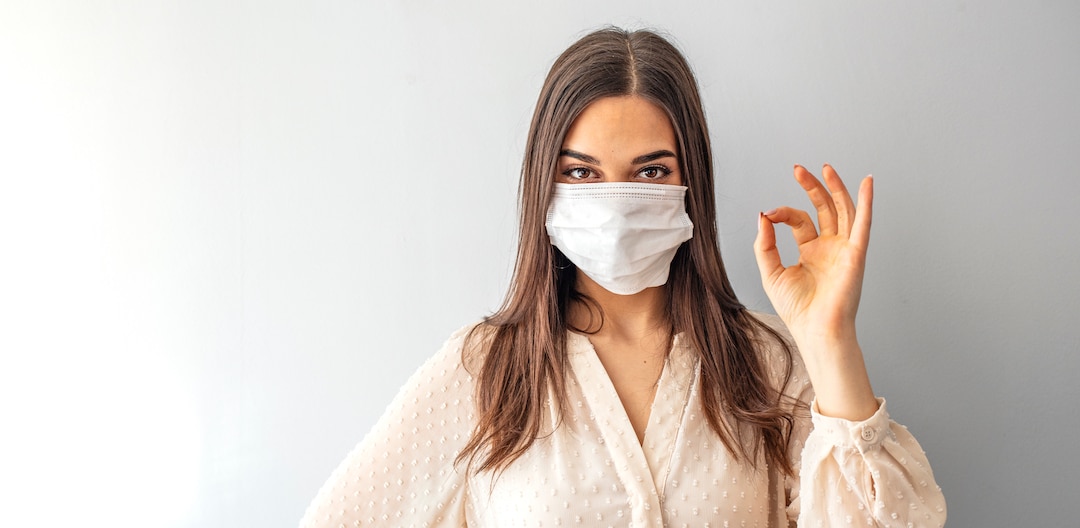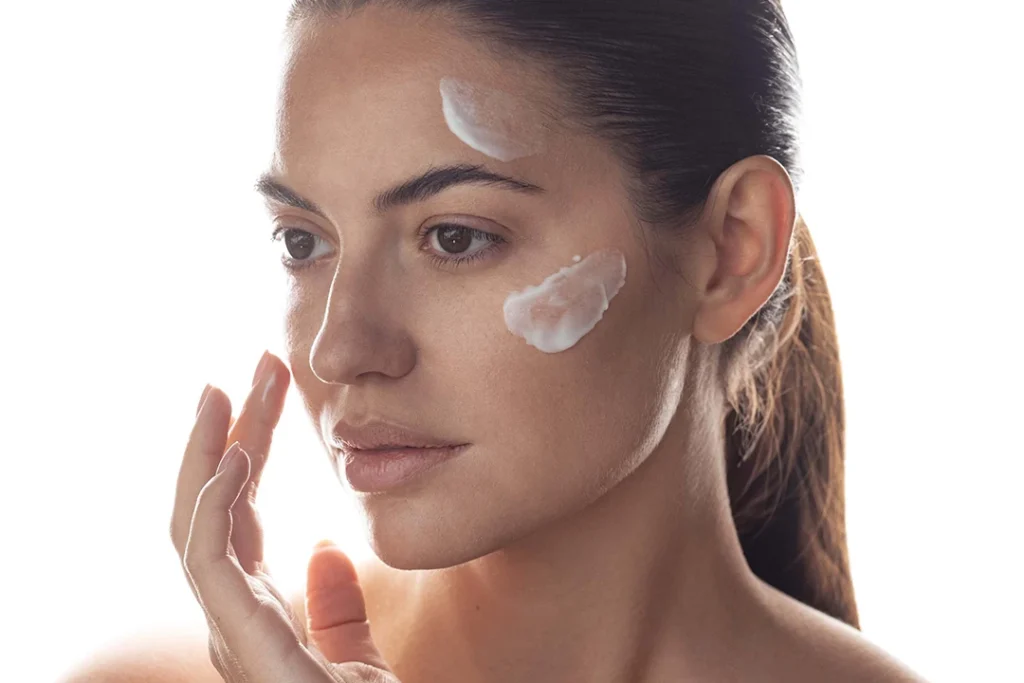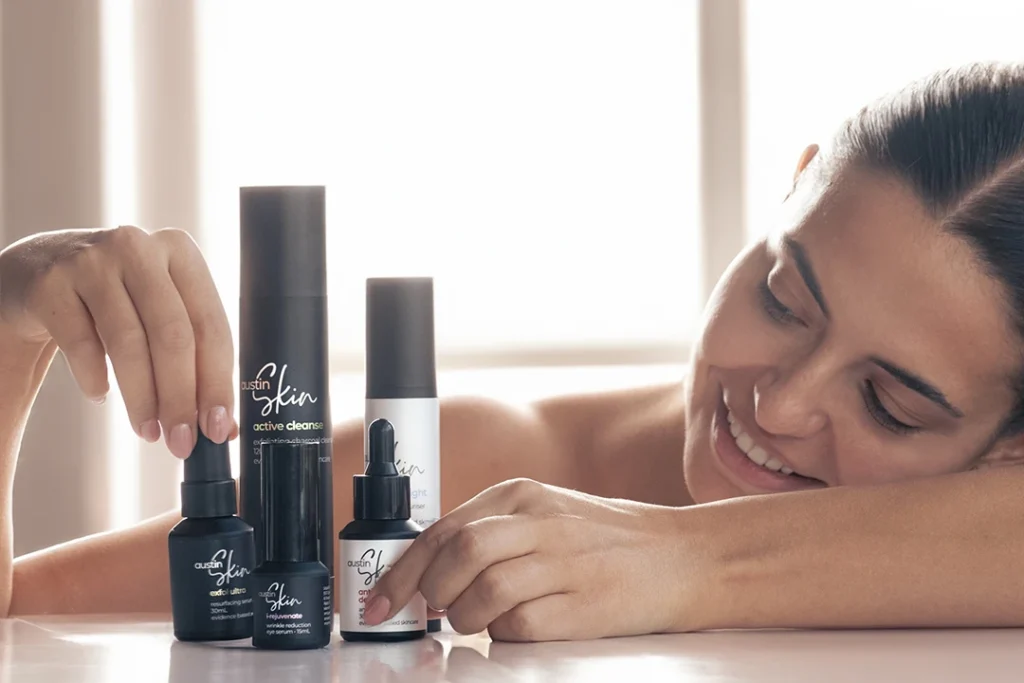Why Your Skin is Breaking Out
A variety of factors can work individually or together to turn your lovely, smooth skin into a bumpy landscape:
-
- Sweat
- Dirt
- Oils
- Bacteria
- Pre-existing skin conditions(rosacea, seborrheic dermatitis)
In addition to all this, masks rub against the skin causing unwelcome friction,which leads to redness, chafing, discomfort, and a specific type of breakout, acne mechanica. Finally, as we get into the warm season, “sebum (oil) secretion on the face is increased when temperature rises,” reports ABC.net.au
Words of Wisdom from Skin Professionals to Mask Wearers
The most important things you can do to minimise breakouts and skin irritation are:
- Cleanliness is your top priority. Washing your face – in the morning and evening and throughout the day, too – is your best defence against facial breakouts caused by masks. “You want to cleanse your skin, not strip it of its natural oils,” explains Dr Austin, who recommends a gentle cleanser such as Austin Skin’s own Gentle Cleanse.
- Moisturising is a must. “Look for moisturisers that have dimethicone or ceramides as ingredients, which can help repair the skin barrier to prevent irritation from the masks,” recommends the respected Mayo Clinic. “Use zinc oxide if your skin develops breaks or tears.”
- Change is good! Change your mask often. The dirt that develops on a mask ends up being pushed into your pores with bumpy results.
- Cloth masks should be washed daily as the fabric is thick and blocks pores.
- Surgical masks can be worn for up to two days, if necessary depending on the length of time worn during that period. If it gets wet then it needs to be discarded no matter how long it has been used for. Water compromises the integrity of the mask and it is no longer effective.
- Give your skin a break, a mask break. “It’s a good idea to take off your mask as soon as you get home,” recommends Dr Austin.
What to Do if You Develop a Mask Rash
An all-too-common side effect of wearing a mask is a condition known as contact dermatitis. It presents as small, itchy red papules around the mouth, chin, across the cheeks and behind the ears. “This type of rash can be triggered by skin barrier dysfunction combined with mask friction,” reports Dr Austin.
Rashesof any kind should not be ignored. “Rashes can occur due to an allergic reaction to the mask itself,” explains Dr Austin. Problems occur due to:
- Mask fabric
- Chemicals used in mask production
- Washing detergent
- Mask sanitiser
“If you suspect you have developed a rash, you should contact our office,” says Dr Austin. “We can help you determine the cause of your problem and advise on the best treatment plan to beat it.” While you’re on our website, we invite you to browse aisles of our virtual shop for brands and products your skin loves.




